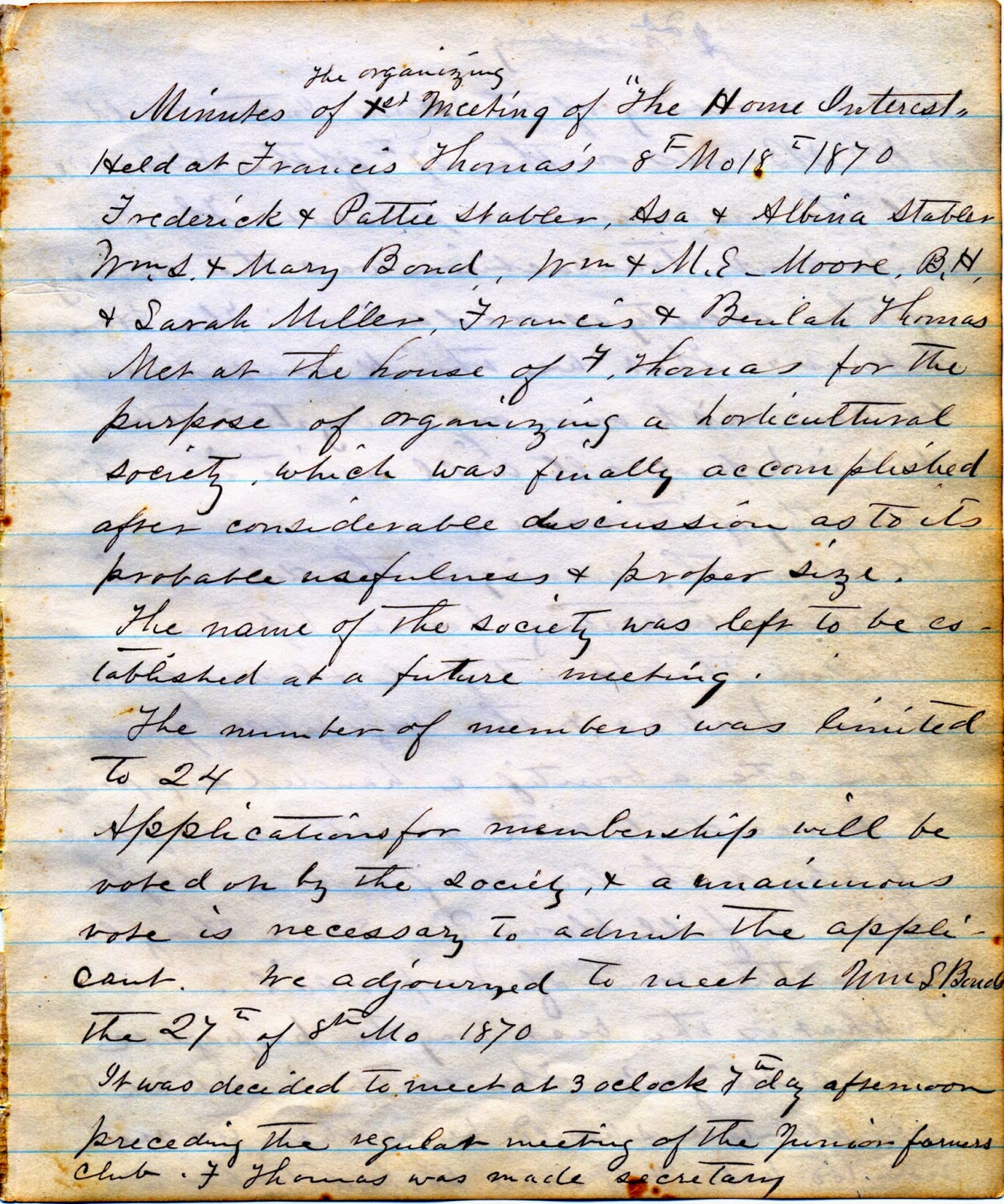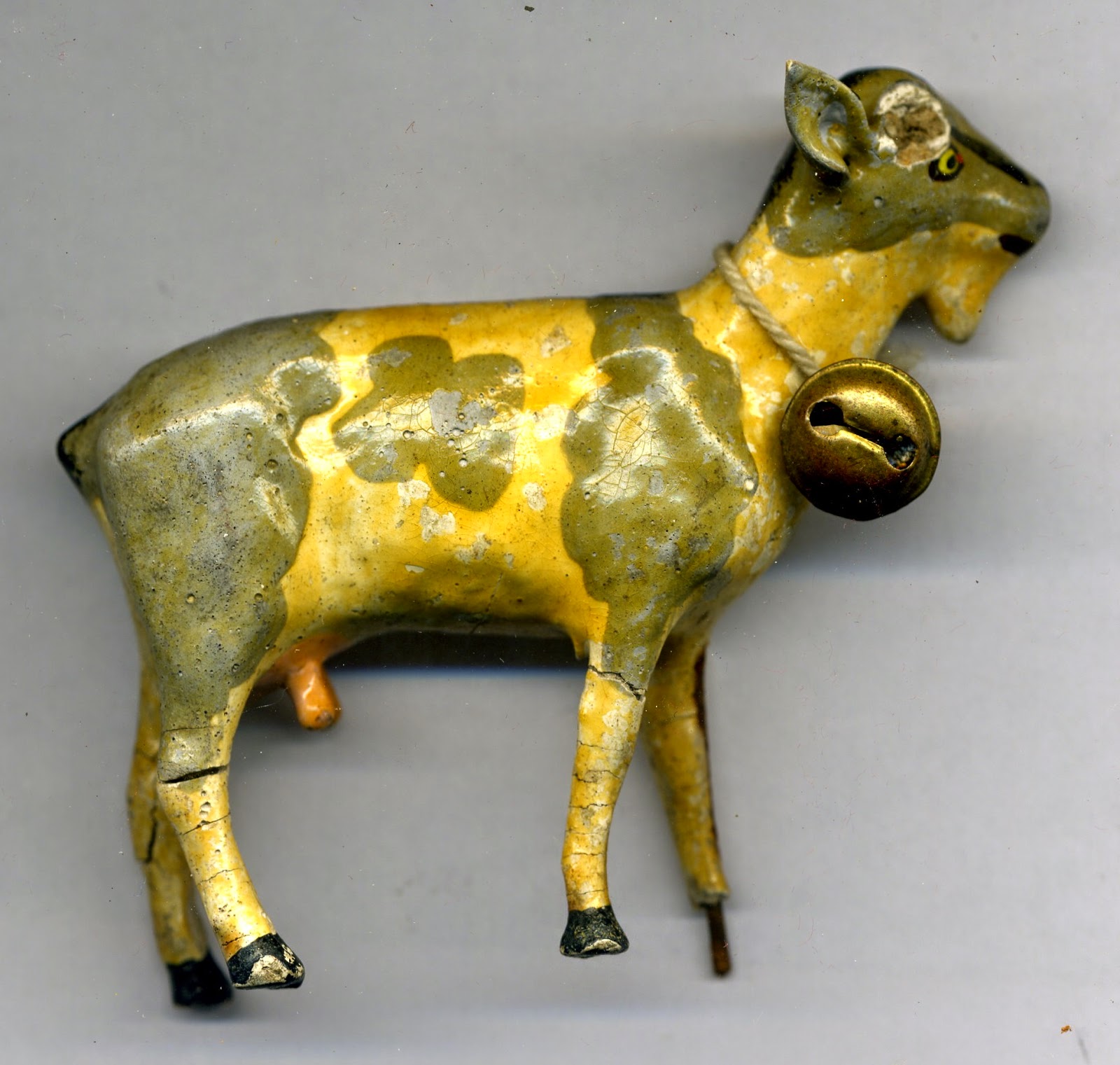Like many folks living in the Washington, DC metro area, I wasn't born here. I know the broad strokes of American history, but discovering artifacts that highlight local history bring Sandy Spring alive for me. At times the Quaker culture of Sandy Spring was at odds with much of the nation. This makes Sandy Spring a pretty interesting place. I was looking thru the archives for photos of Civil War soldiers last week and having little luck...until I thought it through. Oh yeah! Quakers are pacifists. The absence of material was telling in this case. Nevertheless, a few artifacts from the Civil War found their way into the Sandy Spring Museum collection.
 |
| Sandy Spring Museum Collection - Civil War Button - Maryland Officer's Uniform Button |
A quick trip to www.relicman.com found a photo and description of the button above.
"Button depicts state seal of Maryland, a shield with a fisherman, farmer, and eagle. Manufactured before the war, intended for officers of Maryland militia units, who generally sided with the South but served both sides. Backmark: "CANFIELD. BRO & CO. / BALTIMORE." dm between rings of dots, Scovill produced ca 1860"
I found it interesting that Civil War button and belt buckles are described on-line as dug versus non-dug. The button above looks non-dug, but the belt buckle story infers that the buckle was dug up on a farm. You learn something new every day...
 |
| Sandy Spring Museum Collection - Civil War Belt Buckle from a Union Soldier - Found on Hutton Farm August 1963 |
One of my current tasks is to refine my ideas for the exhibit. I need an exhibit title, theme and 150 word statement for marketing purpose that sums up why you should come see my work. The timeline concept that I've been working on has problems:
- a timeline is not an inspired, zippy presentation
- many of the artifacts are not currently dated
- the artifacts are not evenly distributed thru time (older = scarcer)
I was planning to start with the Native American artifacts (oldest man made items in the collection) and work my way up to recent times. Now I am thinking that approach would not take advantage of the best the collections have to offer.
What have I learned about the artifact collections? The museum started collecting in 1981. Items were frequently donated from estates. So, it makes sense that a lot of artifacts donated were from the first half of the twentieth century. These later artifacts tended to have more information associated with them. Live and learn! I wasn't able to elicit information about the character of the archives when I started the project, but I'll be sure to ask probing questions the next time I approach a collection.
Reviewing the artifacts was like Cracker Jacks - "a prize in every box!". Items are stored by accession date (when it was entered into the collection), so boxes are typically filled with random items. I loved slotting each artifact into it's historical context. Next, I'm contrasting calling cards versus texting and button hooks versus Velcro to consider how life has changed. Unsafe tin dishes are outdated along with mercury-laden blood pressure cuffs. Some of the artifacts pointed to bigger stories. The bank letter to the local Grange stating that they would not continue to automatically invest the Granges' money in a failing Florida railroad had me scrounging for the dates of the Great Depression. Score! I loved the stories big and small. Each vignette helps to evoke Sandy Spring's past as it evolves over time. I want to convey the excitement of discovering Sandy Spring one artifact at a time.
My first working title was "The A.H.A. Moment: Artifacts as Historical Ambassadors." It wasn't universally embraced by the museum staff, but I'm told that I'm moving in the right direction. Perhaps "Discovery: Sandy Spring" would be more concise, if not very descriptive? How about "Sandy Spring: Going with the Flow and Bucking the Tide" superimposed on a tasteful chamber pot? O.K., that was silly, but I did find a chamber pot in the collections. You may be relieved to know that the museum director and marketing guy at the museum are prepared to step in and help name this exhibit. In the meantime, I'm leaning towards "Dyeing to Tell a Story" as it references creating the unique one of a kind surface designed fabrics and the story telling I plan to do with the museum's objects, photos and documents. Wish me luck in this next phase of exhibit design. ...and place catchy title suggestions in the comments... Thanks!











